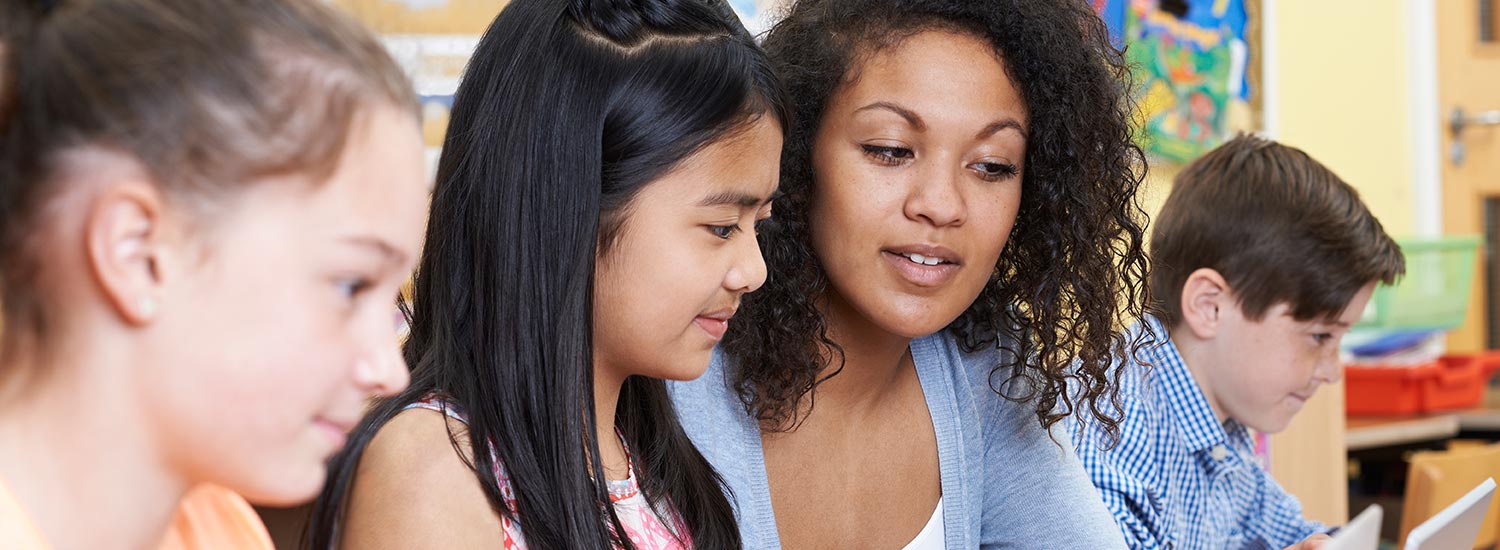Simple Ways to Show Encouragement to Students
There is no single recommended formula for encouraging students to succeed. Every young learner is unique and will respond differently to encouragement. However, there are some universal ways to show encouragement to students inside and outside the classroom. Below are eight simple ways you can take to encourage students to succeed.
Create a Culture of Encouragement
"Everyone has inside them a piece of good news. The good news is you don't know how great you can be! How much you can love! What you can accomplish! And what your potential is."
- Anne Frank
The path to student confidence begins by creating a culture of encouragement. Teachers and parents can build a culture of encouragement by embodying the belief that every student has potential and is the ability to accomplish their goals. Additionally, you should strive to focus on students' positive behaviors and actions as opposed to their negative ones.
Provide Verbal Praise When Students Make Progress
Keeping students on the right track once they demonstrate progress is vital to helping them achieve their goals. Providing verbal praise is a great way to offer encouragement to students who show progress throughout the learning journey.
Offer Tangible Forms of Encouragement
Tangible forms of encouragement give students a visual reminder that they have the power to learn and succeed. They are especially effective when used sparingly or in moderation after students achieve learning milestones in the classroom. Here are a few tangible forms of encouragement that can inspire students to continue to work toward their goals:
-
Stickers or Gold Stars: These are especially effective with younger students who benefit from frequent feedback
- Ribbons and Medals: These tokens of encouragement are often used to help students attain physical fitness milestones
- Certificates of Achievement: Certificates are good choices for older students who enjoy posting items on social media
Praise Even the Smallest Efforts
Students are accustomed to being recognized for achieving major learning accomplishments and milestones. For instance, students typically receive praise when they learn how to read, complete a grade, or graduate from elementary school or high school. However, a true culture of encouragement involves praising students for small achievements and modest improvements in their efforts.
Formally Recognize Students for Their Accomplishments
Schools with a culture of encouragement are known for recognizing students for their accomplishments in newsletters and at ceremonies. Others post inspiring messages on social media and post students' names on plaques and on banners in the hallway. When students receive this type of formal recognition, they are reminded that they have the power to achieve success.
Supplement Your Verbal Encouragement with Nonverbal Gestures
"Some people offer encouragement in a boisterous way. They dole out lavish and effusive praise, bear hugs, and hearty cheers or applause. Other encouragers turn to techniques that are quiet and subtle: a soft smile, a kind word, or a light touch on the hand."
- Julie J. Exline, Ph.D., Professor of Psychology at Case Western Reserve University
No two students are exactly alike in terms of the way that they respond to encouragement. In order to connect with as many students as possible, you will need to vary or combine your modes of encouragement. Nonverbal gestures such as smiles, nods, or light touches are often just as effective as verbal forms of encouragement. Ideally, you will be able to recognize which types of encouragement best motivate a particular student and use those tactics.
Be Precise with Your Words of Encouragement
Precision can determine how impactful your encouragement is for a student. Using specific adjectives and descriptors can help your encouragement resonate with a student, whereas general praise is often not as meaningful. For instance, compare the two comments below and imagine their impact on a student:
- "Good job today, Ben."
- "Ben, you really did an excellent job of raising your hand before speaking today. It was also very kind of you to help Peter with his math."
The first comment offers general positive feedback, which the student may or may not link back to a specific desirable behavior or accomplishment. The second comment, however, is more precise and will be more helpful to the student because it references specific actions that can be replicated again in the future.
Offer Support During Failures
"A word of encouragement during a failure is worth more than an hour of praise after success."
- Unknown
It is easy to offer encouragement when a student is succeeding. However, encouragement is often the most effective when students receive it when they are struggling to master concepts. By offering support when a student is failing or struggling, you reaffirm your unconditional positive regard for the student. This is a critical way to build trust and rapport with a student.









